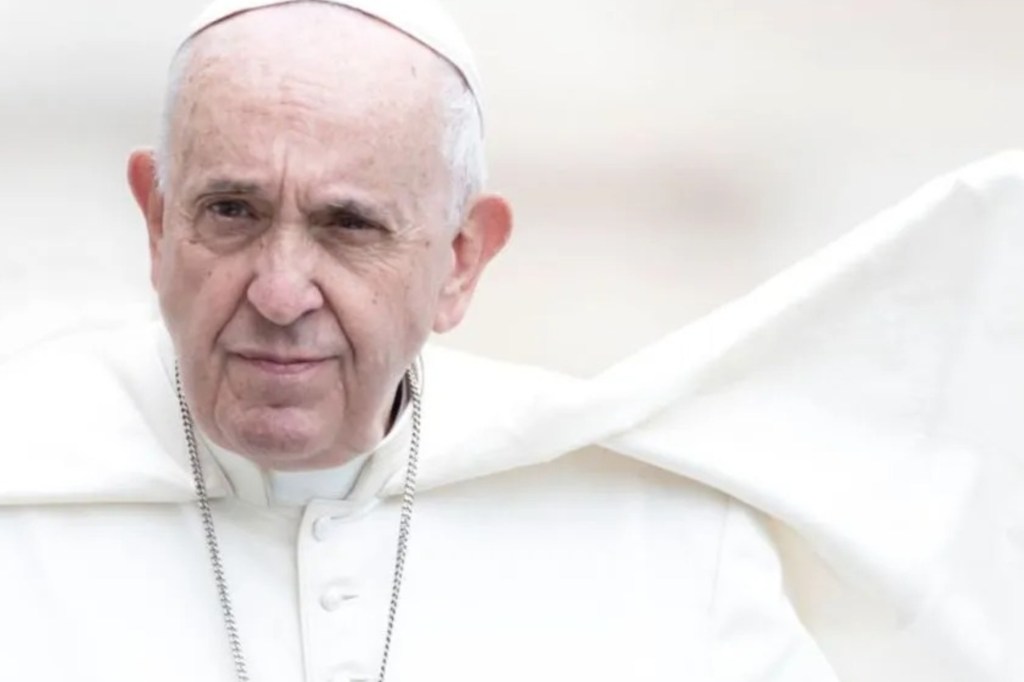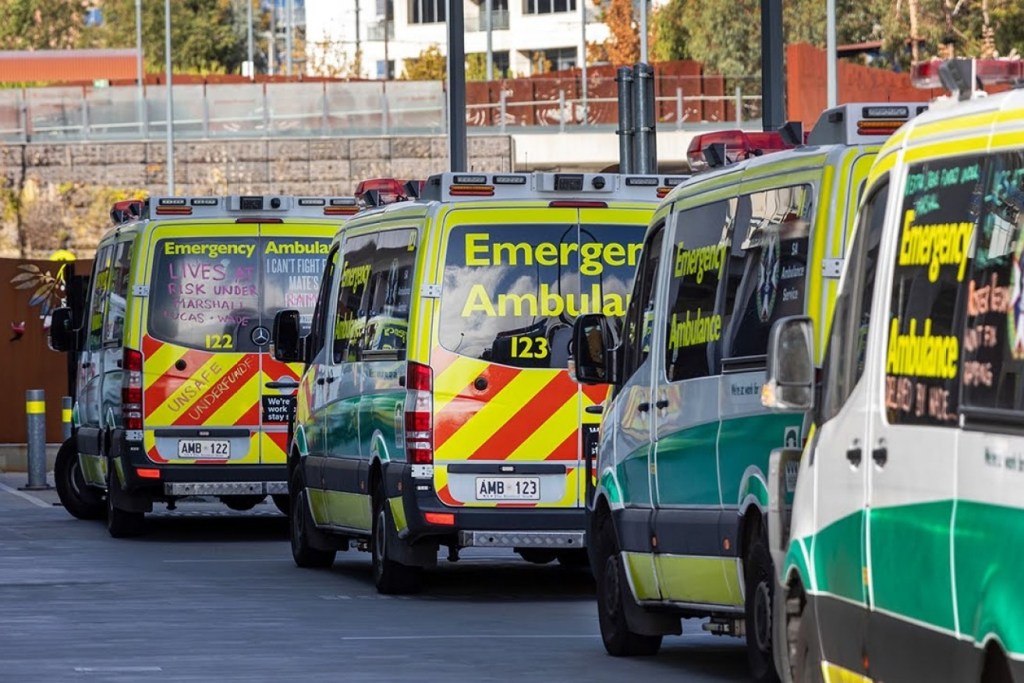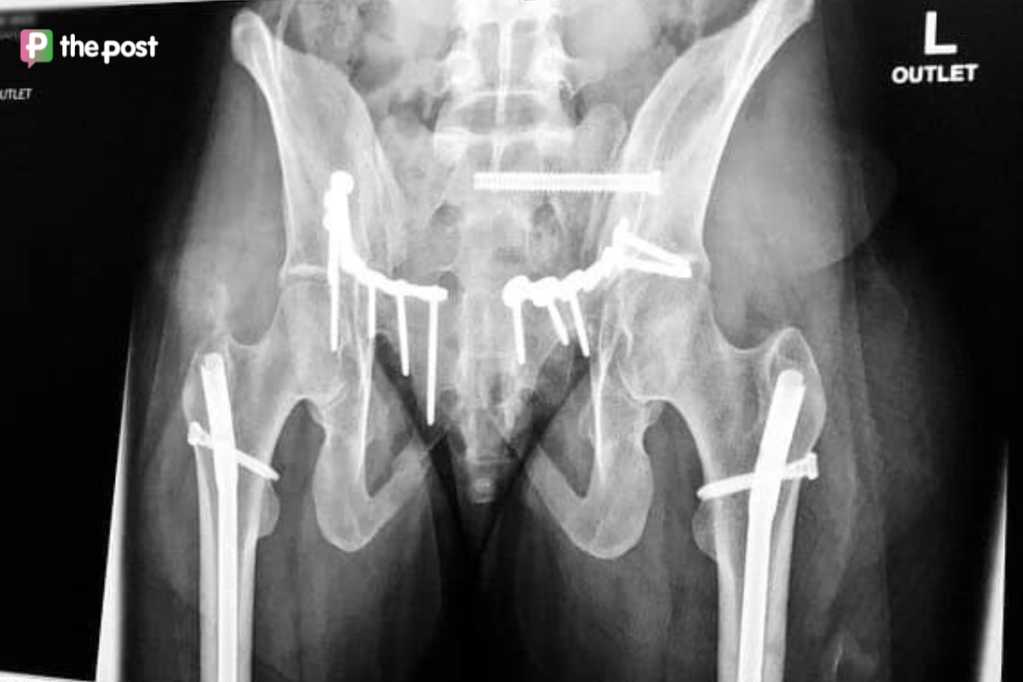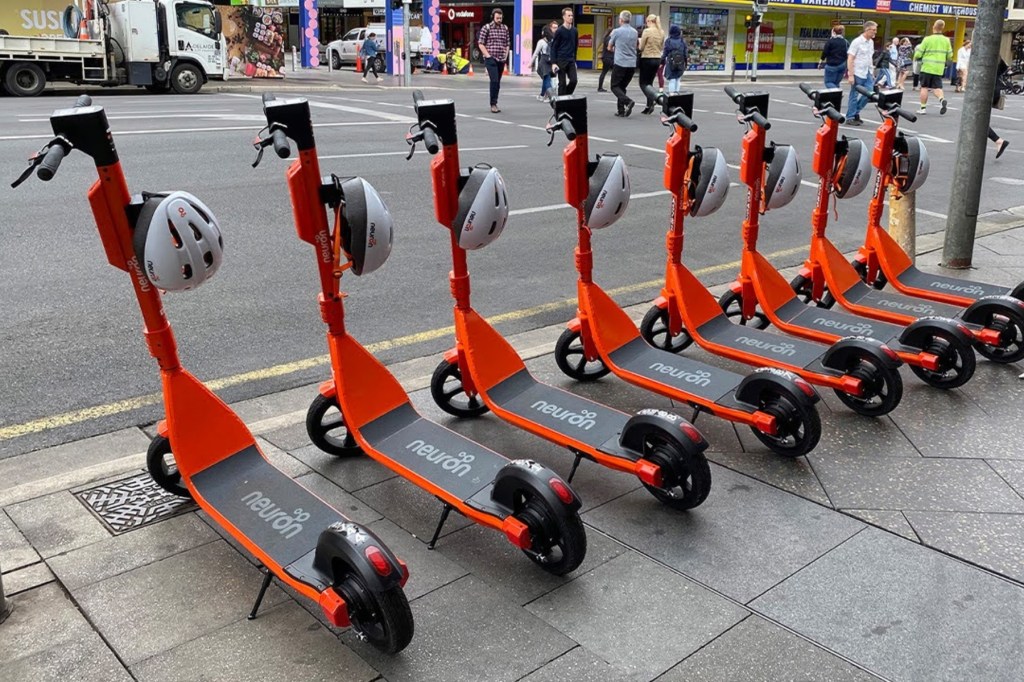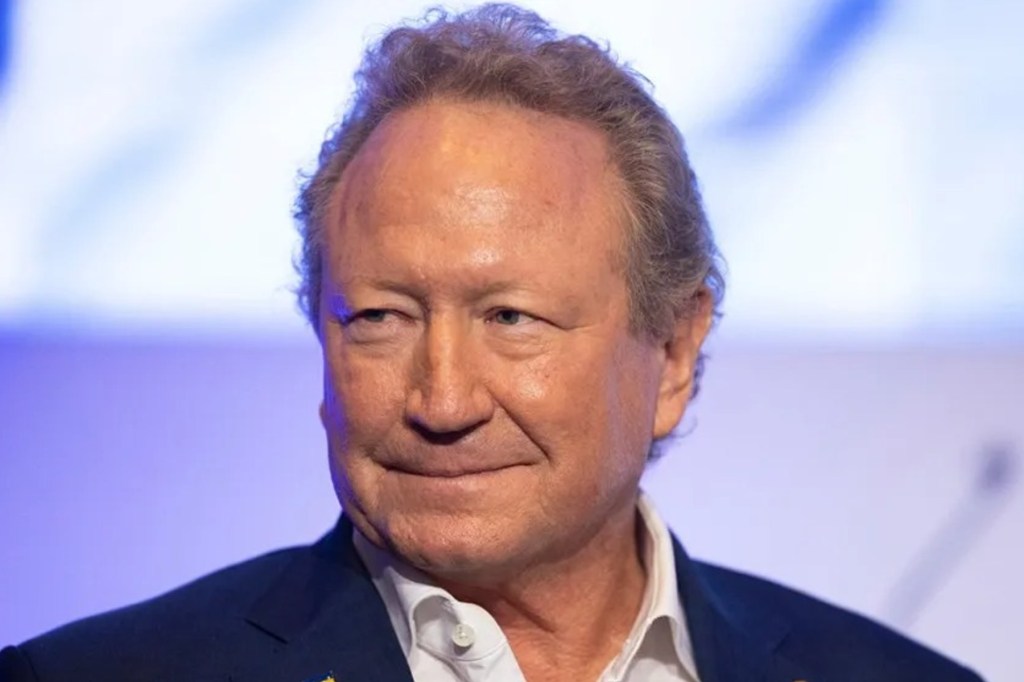Campaign begins amid public school underfunding
The Australian Education Union (AEU) is today beginning a campaign calling for further public school funding, after reporting South Australian public schools are underfunded by $337 million this year.
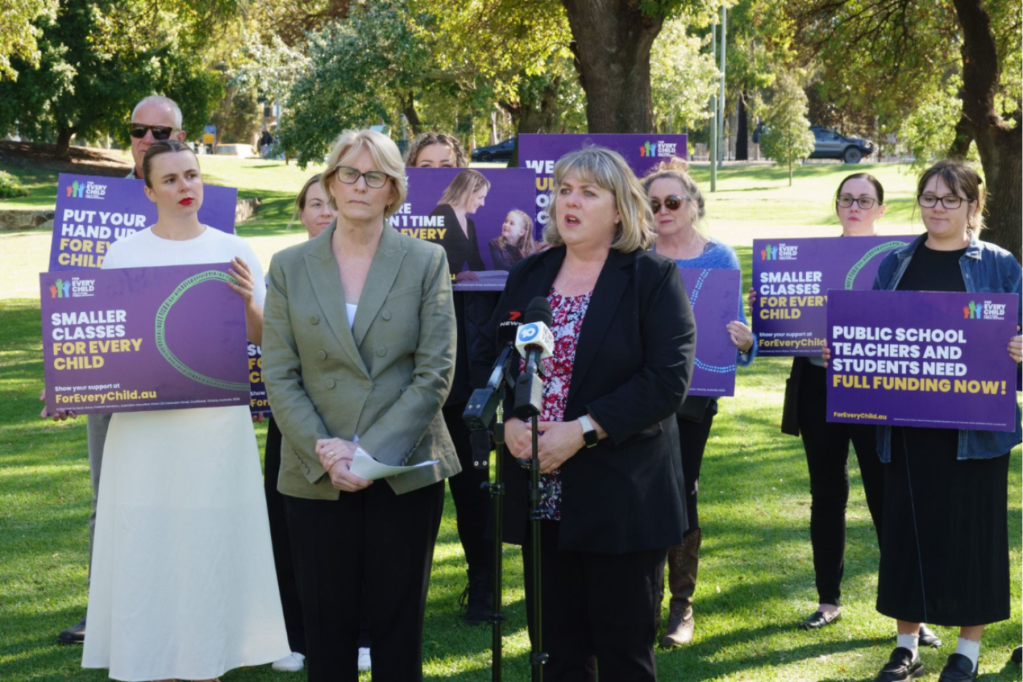
The AEU has reported public schools will be underfunded by $1.8 billion from 2024-2028, with each student underfunded by an average of $2004 in 2024, based on the Schooling Resource Standard (SRS).
The SRS, based on recommendations made in the 2011 Review for Funding for Schooling, indicates the amount of public funding needed at a school for its students’ educational needs to be met.
The SRS base amount is calculated by multiplying the number of students at a school by the SRS funding amount for the school, and may be altered by additional loadings, such as for students with disabilities and Aboriginal and Torres Strait Islander students.
In 2024, the estimated SRS funding amounts have been calculated as $13,557 for primary school students and $17,036 for secondary students.
Based on these figures, the AEU found all public schools in South Australia are being underfunded by a total of $337 million in 2024, while private schools are overfunded by $64.2 million.
AEU federal president Correna Haythorpe said school staff are being “asked to do too much with too little”.
Speaking at a press conference this morning, Haythorpe said the union had a “clear message to both the state government and the commonwealth government”.
“It is time to fully fund public schools in South Australia…We’re calling on all governments to deal with this right now,” she said.
You might like
“Fully funding public schools is the only way to ensure every child gets the support they need to succeed.
“If we’re to make sure that every child can finish school and be happy and productive citizens for our nation, then we have to invest in public education.”

The AEU has today launched a national campaign calling on further funding for public schools. Photo: Tony Lewis / InDaily
This comes as the AEU today released the results from its 2024 State of our Schools survey, which involved 1787 South Australia principals, teachers and support staff from public schools.
The results indicated classes regularly had to be run without a teacher, by school leadership, or simply not offered at all due to teacher shortages.
Nearly 70 per cent of respondents said smaller class sizes and more classroom assistance would be “very helpful” in improving student outcomes.
Over 90 per cent of respondents said schools have difficulty in retaining teachers, with 27 per cent saying they had plans to leave the profession before retirement.
AEU South Australia President Jennie-Marie Gorman said students were “missing out on the support they should be receiving”.
“If you’re a child in reception, you may not get the support you need until you finish your early years of learning,” Gorman said.
“Teachers are leaving the profession like never before…whether teachers have been teaching or 20 years or for two years, 50 per cent of those teachers are thinking of leaving the profession in the next five years.”
Stay informed, daily

AEU South Australia President Jennie-Marie Gorman said the results of the AEU survey did not shock her. Photo: Tony Lewis / InDaily
In 2023, the Commonwealth provided at least 20 per cent of SRS funding for government schools, and 80 per cent of non-government school SRS funding.
Haythorpe said “principals, teachers, parents, unions, community members and the SA Government all believe the Commonwealth should lift its SRS share from the current 20 per cent to 25 per cent”.
“The challenges are too great and the cost of inaction too high for governments to continue to fail on public school funding,” she said.
“There simply is no choice. This must happen.
“Our students in South Australia and indeed nationally have been denied funding now for over a decade, and this is playing out with respect to…the teacher workforce crisis, unsustainable workloads, children not getting the critical help that they need,” she said.
Minister for education, training and skills Blair Boyer said the funding inequality between public and private schools was “alarming”.

The AEU is taking the campaign around the country, publicly presenting the number of public schools which are underfunded per state. Photo: Tony Lewis / InDaily
“Which is why I have been standing shoulder to shoulder with NSW, ACT, QLD, TAS and VIC, calling on the Federal Government to fund the full 5 per cent on the SRS,” Boyer said.
“In South Australia, the five per cent is worth as much as $190 million of extra funding for public schools every single year.
“We need this money now more than ever before so in the future we can actually look students and staff in the eye and say we are contributing the amount of money they need to make sure they get the same opportunities that students in private schools do as well,” he said.
“The Federal Government have the capacity to provide funding – and they currently do not provide the level of funding to public schools that they should. This needs to change.”
The AEU has today begun a campaign calling for further funding, with 508 stakes set up in Adelaide’s Pinky Flat Parklands, representing the 508 public schools in South Australia, all of which are underfunded.
As of 2023, there were 712 schools in total in South Australia according to the Australian Bureau of Statistics.
